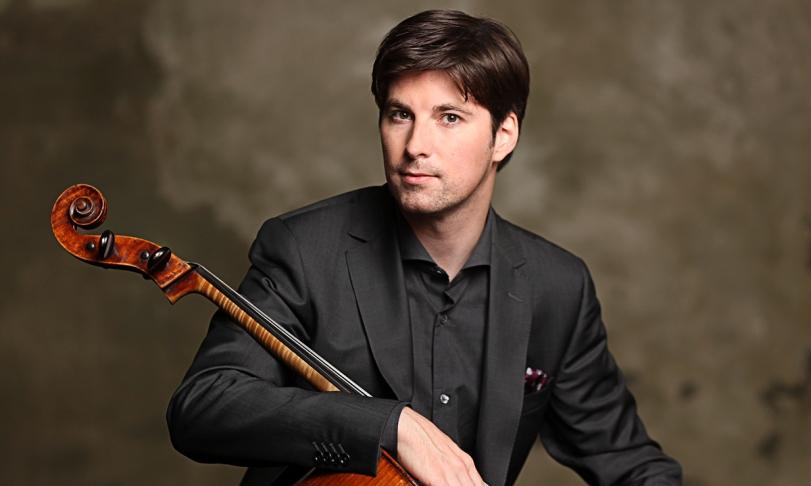
Nowadays it is increasingly common in the classical music sector to compile albums according to themes and to name them more or less imaginatively or even accurately. In the former case, this can be an embarrassing shot in the dark, or in the latter, as in the case of the album Four Visions of France, it can successfully lead to the theme. The four versions are the luminous textures and sensuous orchestral colors that are considered essential features of French music, and on this album they can be traced back to Camille Saint-Saëns, whose instrumentation technique always combines color with transparency, to Édouard Lalo, who was highly regarded by Claude Debussy for the richness of color in his works, and to Arthur Honegger, who painted impressive soundscapes not only in his Cello Concerto but also in his works without a large orchestra. It is often the subtle shadings and delicate transitions that distinguish the timbres of French music and are responsible for its delightful charm.
Saint-Saëns composed the first of his two cello concertos in 1872, in which, contrary to convention, he placed the cello directly in the soloistic center. It is a work of great unity, lyrical, with allusions to the classical past - a graceful minuet in the Allegretto con moto - before a more open-minded finale. Daniel Müller-Schott, with a lean cello sound throughout, gives a very convincing, individually shaped reading of this concerto. He is congenially supported, as in the other concertos on Four Visons Of France, by the Deutsches Symphonie-Orchester Berlin conducted by Alexandre Bloch in a recording environment that places the soloist directly in front of the loudspeakers rather than integrated into the orchestral sound.
Édouard Lalo, best known for his two cello concertos premiered by Pablo de Sarasate, composed his only cello concerto five years after the first cello concerto by Saint-Saëns, from which the Lalo concerto differs by a muscular pace in the first movement, to which Daniel Müller-Schott, powerfully gripping, owes nothing. The movingly interpreted slow movement is followed by a Spanish-inspired finale, which the soloist and the conductor stage with relish.
The Cello Concerto by Arthur Honegger was composed about 40 years after the cello concertos by Saint-Saëns and Lalo, between the two world wars, which is why there is no evidence in this concerto of the romanticism of the two earlier concertos. Rather, the mood in his cello concerto, interspersed with jazz elements, oscillates between somber and enigmatic, and the Lento at the center of the work foreshadows in its bitterness what cruelty will befall humanity in the near future. However, Honegger's Cello Concerto, like the concertos of the other two composers on Four Visions Of France, is characterized by luminous textures and sensuous orchestral colors, though appropriately for the period in which it was written, they are not soft but garishly luminous. Daniel Müller-Schott, together with the orchestra and conductor, boldly descends into the emotional shallows of this concerto and does not hold back from illuminating them with broad emphasis.
Four Visions Of France is a highly recommended album that, thanks to the enormous creative power of the soloist, conductor and orchestra, takes the listener into the world of luminous textures and sensuous orchestral colors that are considered essential features of French music.
Daniel Müller-Schott, cello
Deutsches Symphonie-Orchester Berlin
Alexandre Bloch, conductor










